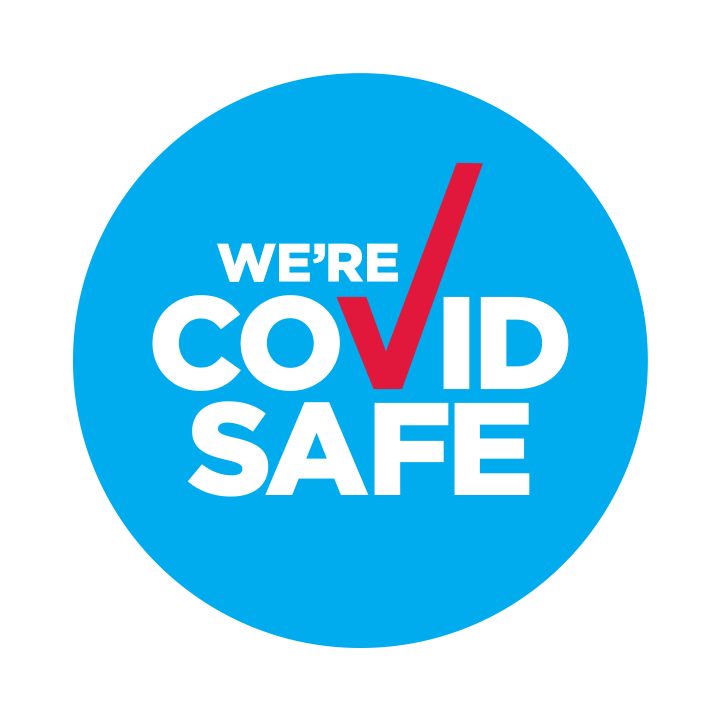Zoom Whitening
Zoom! Whitening your teeth
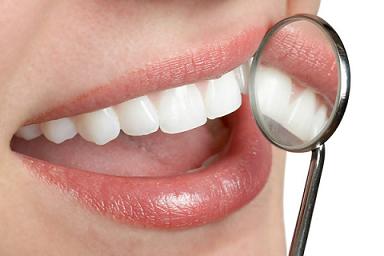
Fast results and cost-effective. Its time to brighten your smile and freshen up with our half price in-chair for a limited time! $650 Only.
Visit The Zoom Whitening Page For More InfoGeneral Dentistry
Santa Monica Dentist Dentist

Dental Check-ups and Clean with fluoride, X-rays Panoramic and Bitwings. We can help you keep your natural teeth for as long as possible.
Visit General Dentistry Page For More InfoCosmetic Dentistry
Smile makeovers and Orthodontists
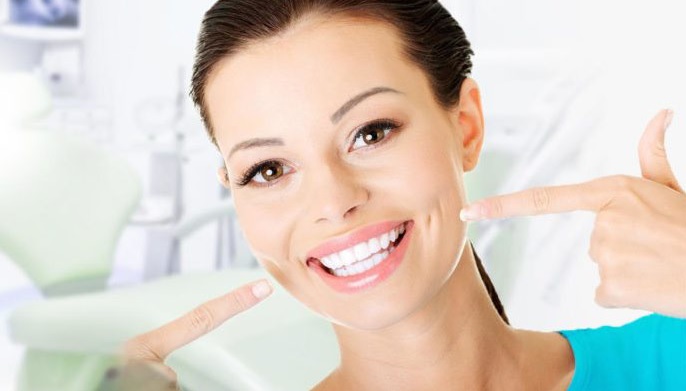
Have the smile of your dreams and improve confidence, self-esteem & social success.
Visit Cosmetic Dentistry Page For More InfoDental Implants
Single and all-on4 implants
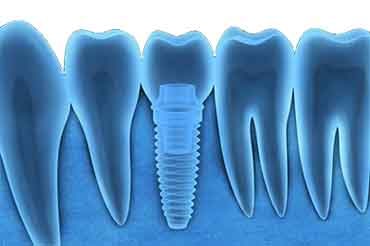
Missing teeth or using dentures? With dental implant you can eat, drink and smile more confidently.
Visit The Dental Implants Page For More InfoSedation Dentistry
Sedation Dentistry
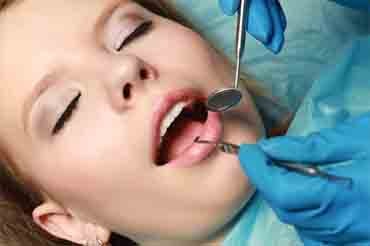
Pain-free dentisty is indicated for anyone who wants to be at ease and relaxed during any dental treatment.
Visit Sedation Dentistry Page For More InfoLaser Dentistry
Sirolase
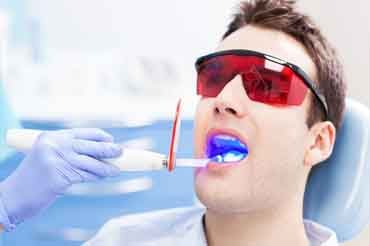
Light instead of drills to treat several dental conditions. Effective to correct "gummy" smiles and periodontal diseases speeding up healing with reduced trauma.
Visit The Laser Dentistry Page For More InfoRestorations
Fillings and Same-day crowns
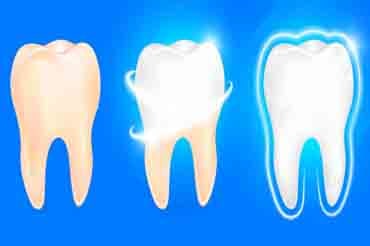
It can fix chipped or knocked out tooth, improper bite correction and replace tooth decay metal fillings with resin or porcelain.
Visit The Restorations Page For More InfoSydney Dentists Teeth Whitening Tips
All you need to know before trying teeth whitening
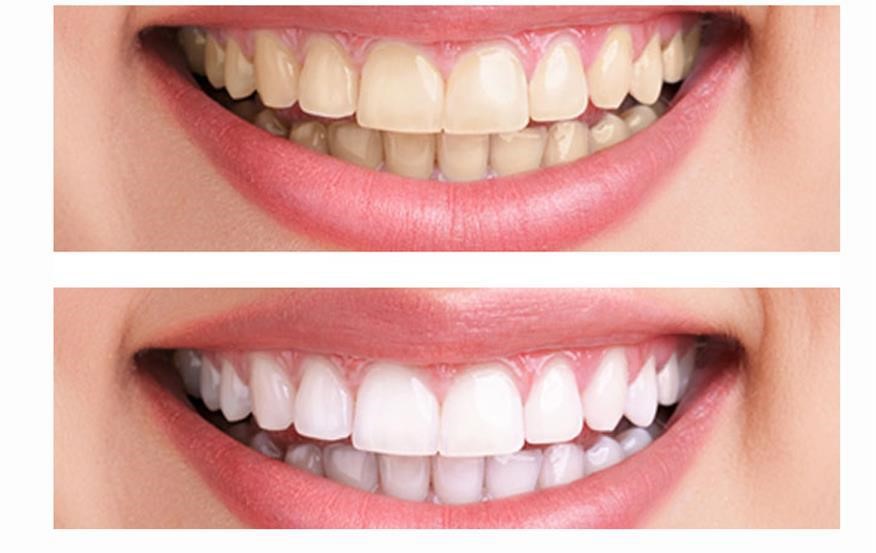
Teeth whitening lightens teeth and helps to remove stains and discolouration.
Whitening is among the most popular cosmetic dental procedures because it can greatly improve your smile.
Teeth whitening is an effective way of lightening the natural colour of your teeth without removing any of the tooth surfaces. It cannot make a complete colour change, but depending on the procedure it can lighten up to 8-12 shades.
Why would I need my teeth whitened?
The outer layer of a tooth is called the enamel. The colour of natural teeth is created by the reflection and scattering of light off the enamel, combined with the colour of the dentin under it. Your genes affect the thickness and smoothness of the enamel. Thinner enamel allows more of the colour of the dentin to show through. Having smoother or rougher enamel also affects the reflection of light and therefore the colour.
Every day, a thin coating (pellicle) forms on the enamel and picks up stains. Tooth enamel also contains pores that can hold stains.
The most common reasons for teeth to get yellow or stained are:
- Using tobacco
- Drinking dark-coloured liquids such as coffee, cola, tea or red wine.
- Not cleaning the teeth properly.
In addition, ageing makes teeth less bright as the enamel (the outer layer of the tooth) gets thinner and the dentin (hard dense bony tissue forming the bulk of a tooth, beneath the enamel) becomes darker.
It is also possible to have stains inside the tooth. These are called intrinsic stains. For example, intrinsic stains can be caused by exposure to too much fluoride as a child while teeth are developing.
Other causes include tetracycline antibiotics. They can stain a child's teeth if taken by a mother during the second half of pregnancy or by a child who is 8 years old or younger. Teeth are still developing during these years. Trauma may also darken a tooth.
Tooth whitening is most effective on surface (extrinsic) stains.
Prerequisite
Various dental problems can affect the success of teeth whitening. For example, cavities need to be treated before the teeth are whitened. That's because the whitening solution can pass through decayed areas and reach the inner parts of the tooth and cause harm to the inner parts of the teeth.
If your gums have receded, the exposed roots of your teeth may appear yellow or discoloured (whitening products will not make them whiter). Therefore, if you have tooth decay or receding gums, whitening may make your teeth sensitive. Whitening also does not work on ceramic or porcelain crowns or veneers.
Teeth whitening can be done in the dental office or at home.
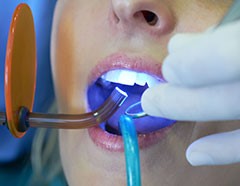 For in-chair teeth whitening, your dentist will assess the shade of your teeth. This step will help him or her to monitor the progress of the treatment. Your dentist also will examine your teeth and ask questions to find out what caused the staining.
For in-chair teeth whitening, your dentist will assess the shade of your teeth. This step will help him or her to monitor the progress of the treatment. Your dentist also will examine your teeth and ask questions to find out what caused the staining.
Next, the dentist will clean your teeth to remove pellicle, the film of bacteria, food and other substances that build up on your teeth and contribute to the staining.
For teeth whitening at home (take home kits), your dentist can make trays to hold the whitening gel that fit your teeth precisely.
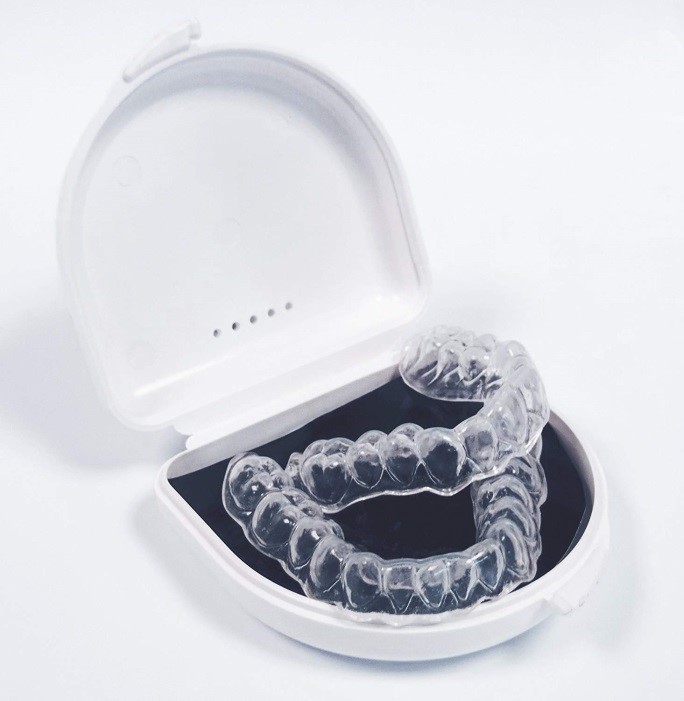
Take home Teeth whitening Kits
Home whitening gel usually needs to be applied daily for two to three weeks. Over-the-counter kits also are widely available for home use. They provide trays to hold the gel or whitening strips that stick to your teeth, however dentists do not recommend them without professional prescription because they can damage people's teeth.
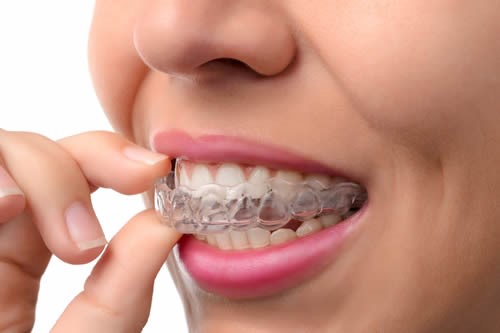
What does tooth whitening involve?
There are two main types of whitening procedures. Vital whitening is performed on teeth that have live nerves. Non-vital whitening is done on a tooth that has had root canal treatment and no longer has a live nerve.
Vital Whitening
The most common type of vital tooth whitening uses a gel that is applied directly to the tooth surface. This product contains some form of hydrogen peroxide.
Tooth whitening can be done in the dentist's office or at home. In-office whitening allows your dentist to use a more powerful whitening gel. A specialized light or laser activates the gel and allows bleaching to happen faster.
In-Office Tooth Whitening
Teeth whitening done by your dentist can get teeth brighter faster. The bleaching solution is usually much stronger than at-home kits. Also, heat, light, or a combination of the two may be used to speed and intensify the whitening process.
The most dramatic results -- teeth generally get three to eight shades brighter -- usually take several 30- to 60-minute in-office visits. Some dentists use techniques that can be done in a single 2-hour appointment (e.g. the Zoom system). The cost of in-office tooth whitening varies but can range from $500 to $1,000.
First, your dentist will apply a substance that covers and protects the gums around the teeth. Then, the whitening agent will be placed on the teeth.
Some whitening agents are activated by a laser light, special lights or by the heat from these lights. After the whitening agent is applied, the dentist will shine the light on your teeth. If they are badly discoloured, your dentist may suggest that you continue the bleaching process at home for a few days or weeks.
For in-home whitening, your dentist will take impressions of your upper and lower teeth and will make custom mouthpieces to fit you. The mouthpiece needs to fit well. A close fit helps the whitening agent remain in contact with your teeth.
At home, you will fill each mouthpiece with a whitening gel your dentist provides. You will wear the mouthpiece for several hours every day. Many people achieve the amount of whitening they want within a week or two. However, you may need to wear the mouthpiece for four weeks or longer.
You also can buy whitening products over the counter. They contain a weaker whitening agent than the products you can get from your dentist. Therefore, whitening may take longer. The whitening agent is applied as a gel placed in a mouthpiece or as a strip that sticks to your teeth. Over-the-counter mouthpieces fit less securely than the kind you get from your dentist.
Non-Vital Whitening
Vital whitening may not improve the appearance of a tooth that has had root-canal treatment because the stain is coming from the inside of the tooth. If this is the case, your dentist will use a different procedure that whitens the tooth from the inside.
He or she will place a whitening agent inside the tooth and put a temporary filling over it. The tooth will be left this way for several days. You may need this done only once, or it can be repeated until the tooth reaches the desired shade.
Follow-Up
If you find that your gums are white or sore, follow up with your dentist.
Whitening is not a permanent solution. The stains will come back. If you smoke or consume a lot of staining foods or drinks, you may see the whiteness start to fade in as little as one month. If you avoid these sources of staining, you may not need another whitening treatment for 6 to 12 months.
Re-whitening can be done in the dentist's office or at home. If you have a custom-made mouthpiece and whitening agent at home, you can whiten your teeth as often as you need to. Discuss your whitening schedule with your dentist. You can talk about what whitening products would work best for you.
Risks
Whitening is unlikely to cause serious side effects, although some people's teeth may become more sensitive for a short while. You may get mild gum irritation as well. Women should not have their teeth whitened while pregnant. The effect of the whitening materials on the development of the foetus is not known. Since the procedure is cosmetic, it should be postponed until after delivery.
Tooth whitening strips and gels.
. Applied directly to the teeth with a brush or a thin strip, these peroxide-based tooth bleaching products usually need to be applied once or twice a day for 10 to 14 days. Results last four or more months and may cost from $10 to $55.ray-based tooth bleaching systems.
With this teeth whitening option, a mouth guard-like tray is filled with a peroxide-based bleaching gel or paste and placed over the teeth for one to several hours a day for up to four weeks. You can buy tray-based tooth whitening systems over-the-counter or have one custom-fitted by your dentist.Tooth whitening toothpaste.
Because they're mildly abrasive, every toothpaste helps remove stains from teeth. Whitening toothpaste, however, also contain chemicals or polishing agents that help scrub stains from teeth without the aid of a bleaching agent. Tooth-whitening toothpaste is relatively inexpensive and brightens teeth by about one shade. Some whitening toothpaste contains peroxides, but they aren't left on the teeth long enough to have a whitening benefit.Tooth Bleaching: Keeping Teeth White
Whether you use an at-home tooth-whitening system or have your teeth bleached by a dentist, you can help maintain the results by brushing, flossing, and rinsing daily. Also, avoid acidic and tannin-rich foods and beverages such as:- Black teas and coffee
- White and red wine
- Sports drinks
- Carbonated beverages (dark and light-coloured sodas)
- Berries and other strongly coloured foods• Sauces (soy, tomato, curries)
- Sauces (soy, tomato, curries)
Conclusion
Benefits of Teeth Whitening
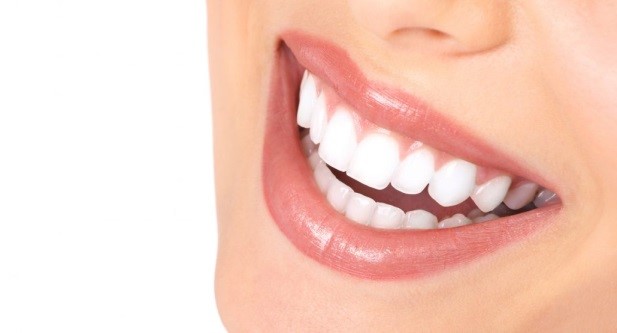
- Professional teeth whitening is 100% safe
- It’s a simple dental procedure with no pain involved
- Quick results
- It’s an anti-ageing procedure without the need for needles! White teeth give people a youth look to your whole face;
- It boosts confidence and self-esteem;
- It’s easy to maintain
- It’s affordable
Dental Care Glebe Sydney Dentists offer a wide range of cosmetic solutions for your teeth.
Book your appointment now!

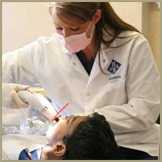

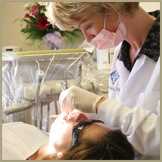
DENTAL CARE GLEBE AT 239 GLEBE POINT ROAD, GLEBE NSW 2037
5 minutes’ walk from the Broadway shops, easy parking and close to bus stop.
HOURS OF OPERATION ARE:
MONDAY to FRIDAY 8:00 AM – 5:00 PM
SATURDAY 8:00 AM – 12:00 PM
TEL: (02) 9566 2030

